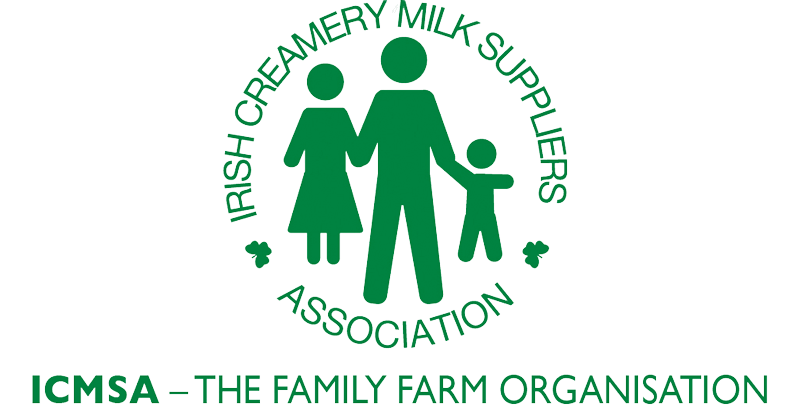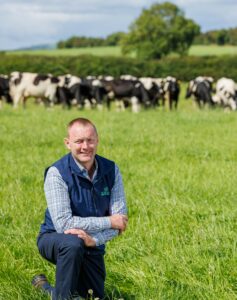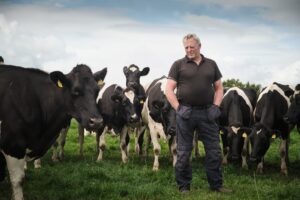
Common Agricultural Policy (CAP) 2020
In 1957, six countries signed the Treaty of Rome that established the EEC. The objective of the organisation was to prioritise trade among community partners while still adhering to free trade. The six countries involved - France, Germany, Italy, Belgium, Luxembourg and the Netherlands - created the Common Commercial Policy (CCP) for trade which restricted international trade and lessened the barriers to trade between member states. The outline for the CAP was set out at the Stresa conference in 1958, with the six member states accepting the terms of agreement. In 1962 the policy officially came into force.

The 9 objectives of the future CAP 2020 are
-
to ensure a fair income to farmers
-
to increase competiveness
-
to rebalance the power in the food chain
-
climate change action
-
environmental care
-
to preserve landscapes and biodiversity
-
to support generational renewal
-
vibrant rural areas
-
to protect food and health quality
Within these 9 objectives Ireland farmers must shape the new CAP.
ICMSA has various inputs into shaping of this policy and our submission from 2018 can be found here (PDF)
- Environment & other conditions: There are serious concerns that additional environmental and other requirements will be imposed on farmers on top of the current onerous requirements and it is important that farmers are able to farm within the bounderies of any potential environmental controls.
- Inspections. There are ongoing inspection issues and it is essential that a proper yellow card system is introduced whereby if a farmer is found to be non-compliant, that the farmer gets a period of time to rectify the problem and once resolved in that time, no penalty will be applied.
- Pillar II schemes: Apart from TAMS and ANC’s (formerly Disadvantaged Areas Scheme), dairy farmers have been effectively excluded from many schemes such as GLAS (options simply don’t suit many dairy farmers) while specific schemes were introduced for the suckler and sheep sectors. Important to make the point that GLAS must be made more relevant to dairy farmers post 2020.
Latest Headlines
- Sections
Contact Us
Telephone
+353 (0)61 314677





